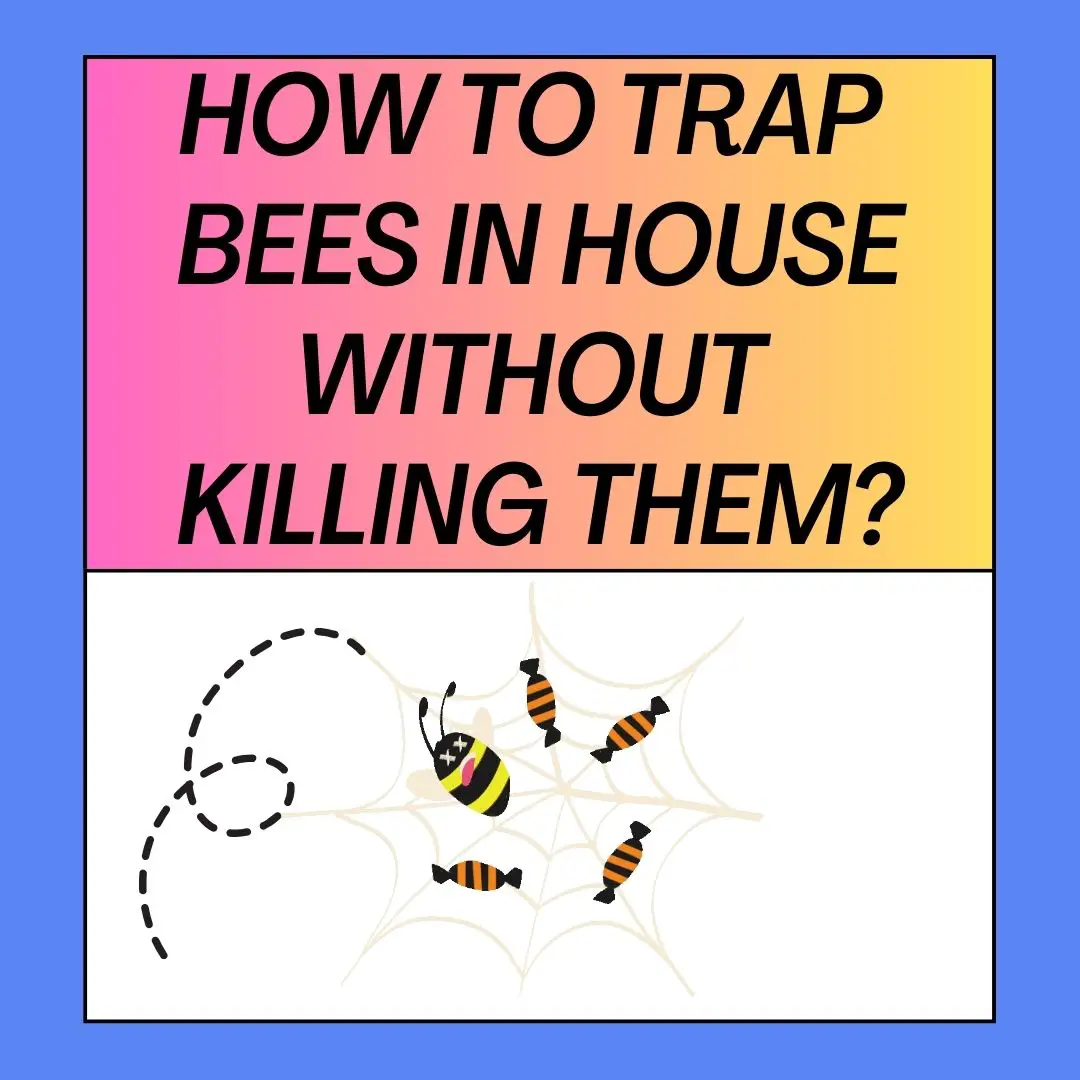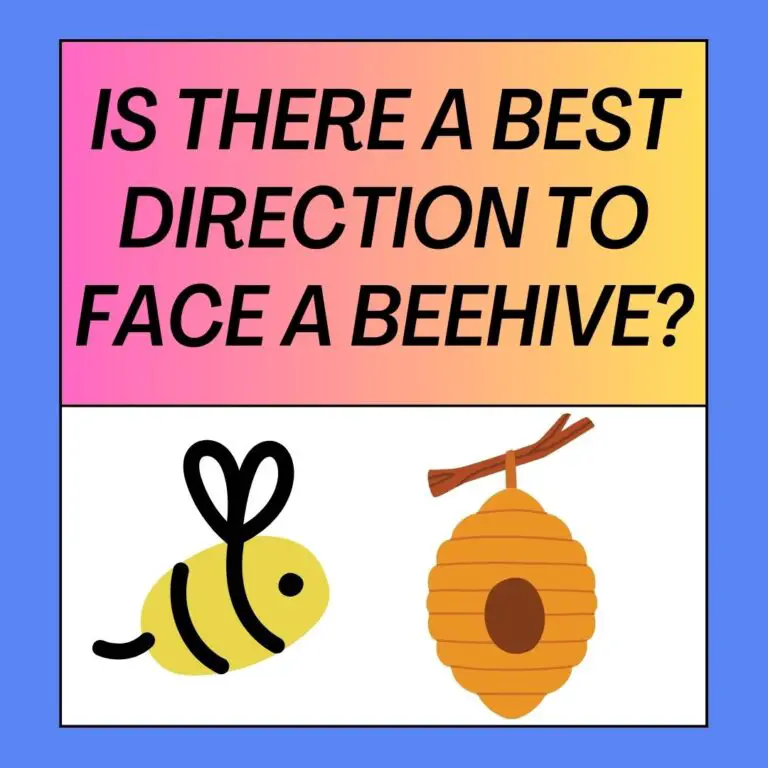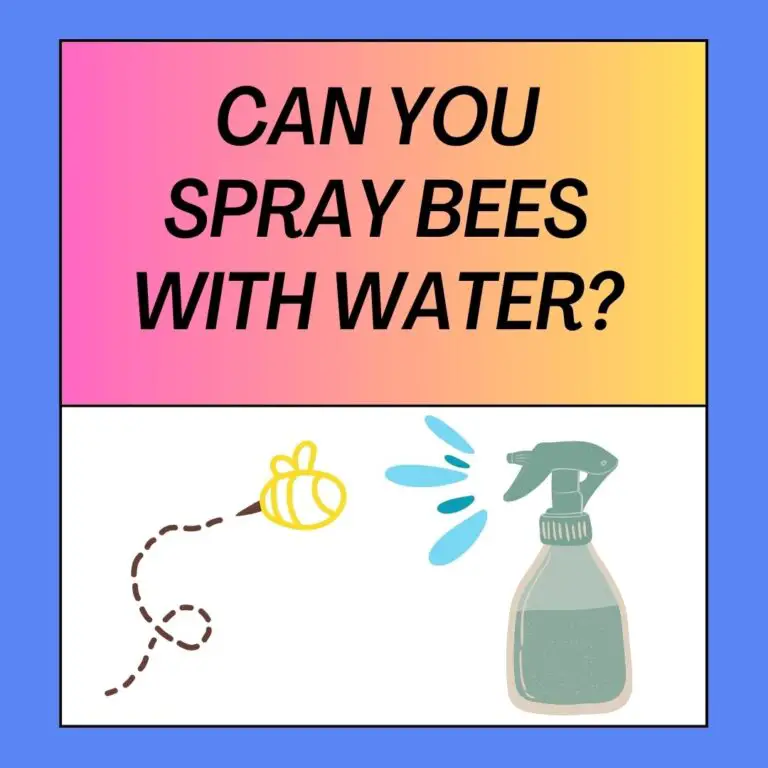
Discovering a bee infestation in your home can be unsettling, but it’s essential to handle it with care and respect for these vital pollinators. Instead of resorting to harmful methods that could harm bees, consider humane ways to trap and relocate them safely. This guide will provide you with practical tips on how to remove bees from your house without harming them.
Understanding the Importance of Bees
The Role of Bees in Our Ecosystem
Bees, primarily honeybees, play a crucial role in pollinating plants, which is vital for global food production and ecosystem health. Without pollinators, many of the fruits, vegetables, nuts, and seeds we rely on for our diet would be scarce or non-existent. Bees transfer pollen from the male parts of a flower (anther) to the female parts (stigma), facilitating fertilization and the production of seeds and fruits. In this way, they contribute to:
- Agriculture: Bees pollinate crops like apples, almonds, blueberries, and squash. They are estimated to be responsible for one-third of the world’s food production.
- Biodiversity: Bees play a role in the reproduction of countless plant species, helping maintain biodiversity.
- Ecosystem Balance: By supporting plant growth, bees indirectly support the animals that rely on these plants for food and habitat.
The Need for Humane Bee Removal
Recognizing the critical role of bees in our ecosystems underscores the importance of humane bee removal. Bees aren’t pests; they are invaluable contributors to our environment. When you encounter bees in your home, consider the following principles:
- Conservation: Bee populations worldwide are declining due to habitat loss, pesticide use, and disease. Removing and relocating bees helps conserve these vital species.
- Ethical Treatment: Ethical treatment of bees respects their place in nature and values their role as pollinators.
- Legal Considerations: Some bee species are protected by law, making their extermination illegal in many places.
Identify the Bee Species
Different Bee Species in Homes
Homes can attract various bee species, including honeybees, bumblebees, and solitary bees. Identifying the species correctly is crucial for effective removal.
- Honeybees: Honeybees often build large colonies in cavities like wall voids or attics. They are small, typically measuring 10-15mm in length. Honeybees are known for their distinctive hexagonal wax comb.
- Bumblebees: Bumblebees usually nest in the ground, but they can also occupy wall cavities or roofs. They are larger than honeybees, with a length of 8-25mm. Bumblebees are recognizable by their fuzzy appearance and loud buzzing.
- Solitary Bees: Solitary bees do not live in colonies like honeybees or bumblebees. Instead, each female bee creates individual nests. These bees vary widely in size and appearance, but they are generally smaller than honeybees.
Recognizing Honeybees from Other Bees
Honeybees are commonly confused with other bee species or wasps. Proper identification is crucial because honeybees are often best suited for humane removal due to their valuable role in pollination. Key features of honeybees include:
- Size: Honeybees are small, measuring around 10-15mm in length.
- Color: They are typically light brown with golden-yellow bands on their abdomen.
- Colony Structure: Honeybees live in colonies with a queen, worker bees, and drones. They construct wax comb structures for raising brood and storing honey.
- Behavior: Honeybees are non-aggressive when undisturbed and only sting in defense of their hive.
Safety Precautions
Protective Gear
Safety should always be a priority when dealing with bees. Proper protective gear includes:
- Beekeeper’s Suit: A full-body suit made of thick material that covers you from head to toe.
- Gloves: Gloves made for beekeeping provide protection for your hands.
- Veil: A veil attached to the beekeeper’s suit or worn separately shields your face and neck from bee stings.
Allergies and Bee Stings
Bee stings can cause severe allergic reactions in some individuals. If you or anyone in your household has known bee sting allergies, take the following precautions:
- Carry an EpiPen: Individuals with bee sting allergies should carry an epinephrine auto-injector (EpiPen) for emergency treatment.
- Know Allergic Reactions: Be aware of the signs of severe allergic reactions, such as difficulty breathing, swelling, and hives.
- Call for Medical Assistance: If someone experiences a severe allergic reaction after a bee sting, seek immediate medical help.
- Consult an Allergist: Consider consulting an allergist for allergy testing and advice on managing bee sting allergies.
Assess the Bee Situation
Beehive Size and Location
Before attempting any removal, assess the beehive’s size and location. This information helps you plan the removal process effectively:
- Size: Determine the approximate size of the bee colony. Smaller colonies are easier to remove.
- Location: Note where the bees have built their hive. Common locations include wall voids, attics, chimneys, and tree branches.
Bee Activity Observation
Observing bee activity is essential. Understanding their behavior and activity patterns aids in planning a successful removal:
- Entry and Exit Points: Identify the points where bees enter and exit the hive. These are crucial for effective removal.
- Activity Times: Note when bees are most active. Many bees, including honeybees, are active during daylight hours.
Humane Bee Removal Methods
Relocation vs. Extermination
The ethical choice is to relocate bees rather than exterminate them. Here are humane bee removal methods:
- Bee Removal Professionals: Hiring a local bee removal expert is often the safest and most humane option. They have the knowledge and equipment to safely remove and relocate the hive.
- DIY Bee Removal: If you have experience and confidence in handling bees, you can attempt a DIY removal using humane bee removal techniques.
Humane Bee Removal Techniques
Trap-Out Method
- Trap Placement: Set up a one-way bee escape trap near the hive’s entry point. Bees can exit the hive but cannot return.
- Monitor Activity: Monitor bee activity to ensure all bees have left the hive.
- Sealing the Hive: Once the hive is empty, seal the entry point to prevent reoccupation.
Cut-Out Method
- Safety Gear: Wear protective gear, including a bee suit, gloves, and a veil.
- Expose the Hive: Carefully cut open the structure containing the hive. This can be a wall, ceiling, or tree trunk.
- Gentle Removal: Remove the bees, comb, and brood as gently as possible.
- Relocation: Relocate the bees and hive components to a suitable location, preferably with the help of a beekeeper.
Preventing Future Bee Infestations
Addressing Attractants
Preventing future bee infestations involves addressing factors that attracted the bees in the first place:
- Seal Entry Points: Repair any structural damage and seal potential entry points in your home.
- Remove Food Sources: Ensure outdoor food sources, like unattended garbage or fallen fruit, are promptly cleaned up.
- Landscaping: Choose bee-friendly plants that are less likely to attract nesting bees.
Beehive Maintenance
- Regular Inspection: Periodically inspect your property for signs of bee activity, such as swarming or nest building.
- Early Intervention: If you notice bee activity, contact a bee removal professional early to prevent a larger infestation.
Conclusion
Ethical and Responsible Bee Management
Taking a humane approach to bee removal benefits both humans and bees. It ensures the vital role of bees in pollination and biodiversity while protecting homes from unwanted infestations.
Be Informed
The key to successful and humane bee removal is knowledge. Understanding bee behavior, identifying species correctly, and following ethical guidelines in bee management are essential for a harmonious coexistence between humans and these important pollinators.
By following the steps outlined in this guide, you can safely and humanely address bee infestations, protect your property, and contribute to the preservation of these critical species.
Remember, if you’re unsure about dealing with bees on your property, it’s always best to seek the assistance of a local bee removal expert who can safely relocate the bees without harm.
FAQ: How to Get Rid of Bees Nest in Wall Cavity
Q1: How do I know if there’s a bee nest in my wall cavity?
A1: Signs of a bee nest in your wall cavity include increased bee activity around your home, buzzing sounds coming from the walls, and bees entering and exiting from small openings. If you suspect a nest, it’s best to contact a bee removal professional to assess the situation.
Q2: Can I seal the wall cavity to trap the bees inside?
A2: It’s not advisable to seal the wall cavity, as it can lead to several issues. Trapped bees may find their way into your living space, causing a dangerous situation. Additionally, dying bees can attract other pests and create an unpleasant odor. Seek professional help for safe removal.
Q3: Can I use insecticides to get rid of bees in the wall cavity?
A3: Using insecticides is not recommended, especially for bees inside wall cavities. It’s difficult to ensure the chemicals reach the entire nest, and dead bees can attract pests. Professional bee removal is a safer and more effective option.
Q4: How much does it cost to remove bees from a wall cavity?
A4: The cost of bee removal from a wall cavity can vary depending on factors like the size of the nest, its location, and your geographic area. It’s best to contact local bee removal professionals for quotes.
FAQ: How to Trap Bees in Your House with Vinegar
Q1: Can vinegar effectively trap bees in my house?
A1: While vinegar can deter bees due to its strong odor, it’s not an effective trapping method. To safely remove bees from your house, it’s best to consult a bee removal professional.
Q2: How can I use vinegar to deter bees from entering my house?
A2: Mix equal parts of water and white vinegar in a spray bottle. Spray this solution around potential entry points, such as cracks and gaps in doors and windows. Bees dislike the smell and may be deterred.
Q3: Is vinegar safe for me and my pets to use indoors?
A3: White vinegar is generally safe for humans and pets when used in a well-ventilated area. However, it’s best to avoid spraying it directly on bees, as this can agitate them. Consult a professional for bee removal.
FAQ: How to Trap Bees in Your House at Night
Q1: Is it safer to trap bees in my house at night?
A1: Trapping bees at night can be safer because bees are generally less active during this time. However, trapping bees should be done by professionals to ensure a safe and humane removal process.
Q2: Can I use a light source to attract and trap bees at night?
A2: Using light to trap bees at night is not a recommended method. Bees are less likely to be attracted to artificial light sources, and attempting to trap them yourself can be risky. Seek professional help for bee removal.






